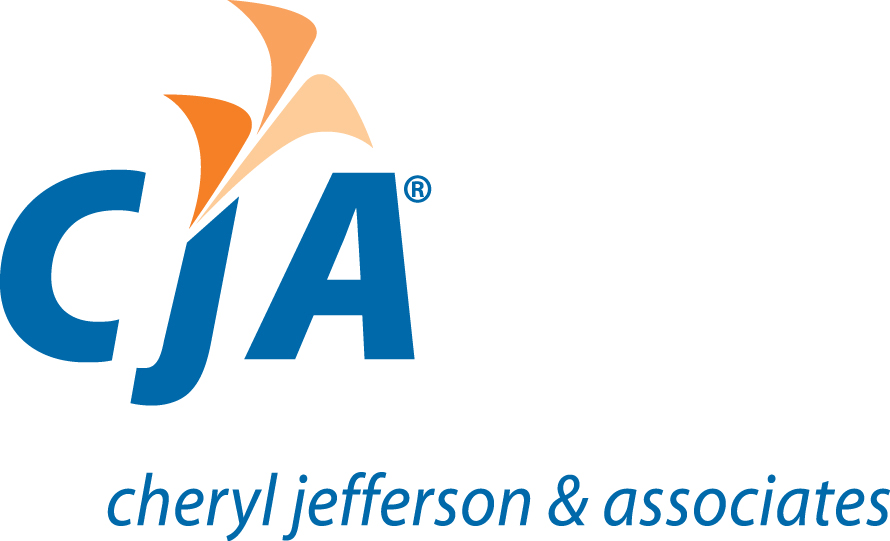How financial statements reveal corporate fraud
The U.S. economy is finally recovering from the effects of the recession, but at least one major financial risk remains — corporate fraud. Fortunately, a CPA certified in financial forensics (CFF) can help companies and investors minimize losses from fraudulent conduct by scrutinizing a business’s financial statements.
Fictional finances
Corporate fraud often is concealed when a company intentionally misrepresents material information in its financial reports. Such misrepresentations can result from the misapplication of accounting principles, overly aggressive estimates of figures and material omissions. For example, financial statements might report fictitious revenues or conceal expenses or liabilities to make a company appear more profitable than it truly is.
To cover fraud, perpetrators often conceal or omit information that could damage or improperly change the bottom-line results that appear in financial statements. Such omissions include:
- Events likely to affect future statements, such as impending product obsolescence, new competition and potential lawsuits,
- Liabilities such as loan covenants or contingency liabilities,
- Accounting changes that materially affect financial statements — including methods of accounting for depreciation, revenue recognition or accruals — and are subject to disclosure rules, and
- Related-party transactions, or those with a party with whom a member of management has a financial interest.
Perpetrators also might engage in fraudulent manipulation, particularly in the areas of revenues, expenses, reserves and one-time charges. Falsified financial statements can recognize sales prematurely, improperly value sales transactions (by, for example, inflating the per unit price) or report phantom sales that never occurred. Conversely, expenses can be manipulated by delaying their recognition — whether to match the expenses with their corresponding revenue or to avoid reporting a loss. Another trick is to improperly capitalize expenses so they appear on the company’s balance sheet rather than its income statement.
In some cases, fraudulent financial statements show reserves that have been calculated using bad-faith estimates. For example, fraudsters could justify a smaller amount of reserves by underestimating the percentage of uncollectible receivables. One-time charges, such as a write-off of goodwill or charge for research and development costs for a specific product, can further distort financial statement figures.
Reading between the lines
When fraud is suspected, a forensic CPA can dig into complex financial statements and uncover manipulation that might not be apparent to the untrained eye. A fraud expert begins by reviewing the suspicious statements for unusual trends and relationships. Any leads are followed by more intensive forensic accounting work, such as analysis of specific transactions, journal entries, work papers and supporting documentation. This type of examination goes far beyond a standard annual audit.
The CPA also may employ several types of analyses. Vertical analysis compares the proportion of each financial statement item — or groups of items — to a total within a single year that can be measured against industry norms. Horizontal analysis compares current data with data from previous years to detect patterns and trends. Financial ratio analysis calculates ratios from the current year’s data and compares those with previous years’ ratios for the company, comparable companies and the relevant industry. The expert, of course, must have experience in the subject industry and be able to recognize noncompliance with Generally Accepted Accounting Principles.
In fact, noncompliance is a significant red flag for financial statement fraud. The Association of Certified Fraud Examiners (ACFE) has identified several other behavioral red flags, including employees who live beyond their means and exhibit a cavalier attitude toward internal controls.
Keep a lid on fraud costs
The ACFE has estimated the median loss in financial statement fraud schemes at $1 million — to say nothing of the public relations damage that rogue executives who manipulate the numbers can cause. With their vast experience in crawling over financial statements, qualified forensic CPAs can help limit your clients’ losses.
This information is, in part, © 2014 TRTA
For more information on our Forensic Accounting services, visit http://cjaforensicaccounting.com/
